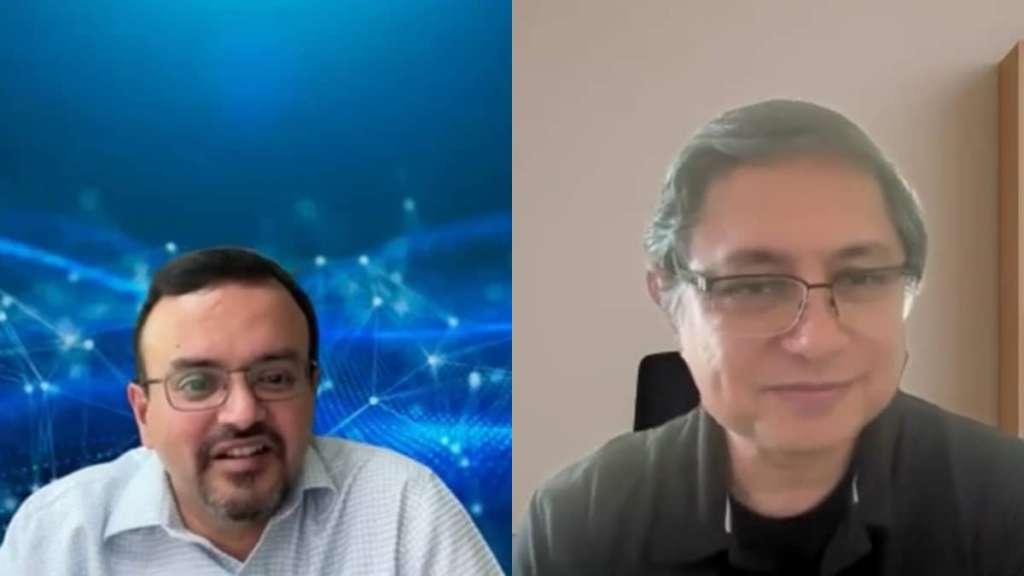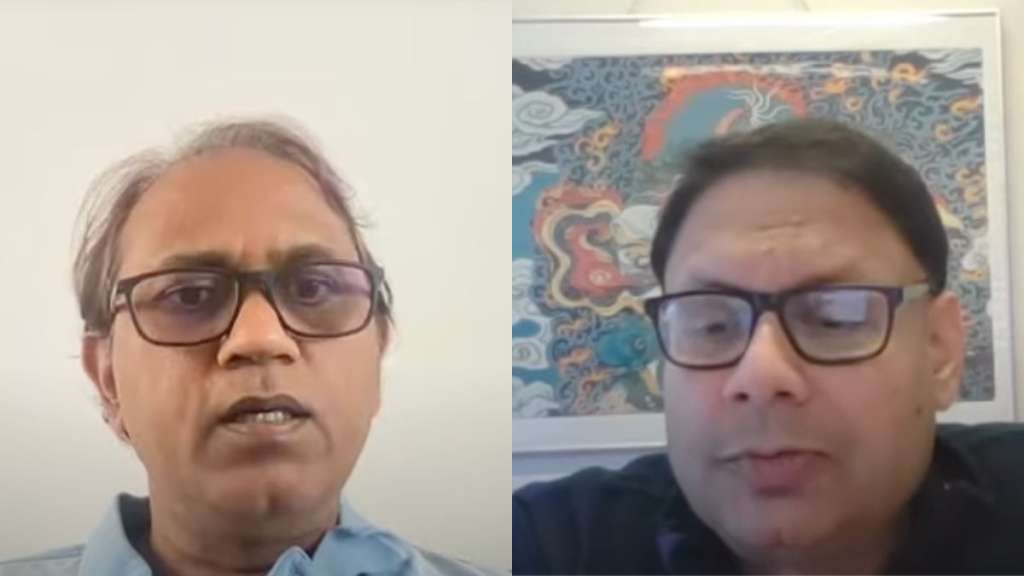Ask an Expert

Implementing Human-Centered AI: Insights from Sujay Kumar and Jason Conyard
Sujay Kumar, CRO, NStarX and Jason Conyard discuss implementing human-centered AI in enterprises. Jason presents his practical 4C Framework—Clarity, Context, Collaboration, and Compassionate Scaling—offering actionable guidance for CTOs and CIOs. They explore common enterprise pitfalls, transparency challenges, addressing bias, and how organizations can effectively balance innovation speed with ethical AI deployment.
How NStarX uses AI to convert Media Archives into Revenue Gold
Stan Moote, CTO of IABM and Sujay Kumar, CRO of NStarX talk how AI is transforming some of the legacy challenges in the Media Industry. Over 80% of broadcaster content sits invisible in legacy archives. NStarX's Unified Platform and its GenAI pipeline has an abiility to help transform petabytes of footage into queryable assets significantly faster, cutting prep time and unlocking millions in untapped revenue opportunities.

Healthcare & AI
NStarX CEO Angshuman Patra and NStarX Healthcare Advisor, Sriram Raghavendran discuss some very interesting topics on Healthcare AI. The healthcare industry, a significant and growing part of the US economy, faces challenges including workforce shortages, cost inflation, and operational inefficiencies. Artificial intelligence (AI) is being applied to address these issues, offering solutions for streamlining back-office processes and enabling care providers. Key AI applications include predictive care (risk stratification) for proactive interventions, fraud detection, and workforce management to optimise staffing and reduce burnout.
Despite challenges such as data silos and interoperability due to fragmented systems, and the critical need for trust, AI adoption is progressing, notably with ambient AI saving physicians significant time. Funding for AI initiatives typically requires clear business benefits, potentially using services or staffing budgets. A successful AI journey relies on strong data foundations, governance, and well-defined use cases.

GenAI and Media Micro-services
The video podcast discusses how GenAI’s and micro-service based architecture will be shaping the media ecosystem and predicts its widespread use in movies and commercials within the next few years.

Are transformer attentive enough?
Dr. Arnab Basu and Suman Kalyan discuss the limitations of current AI transformers in a podcast, emphasizing the need for new machine learning architectures inspired by human brain efficiencies. They explore how these advancements could close the gap between AI theory and practice.